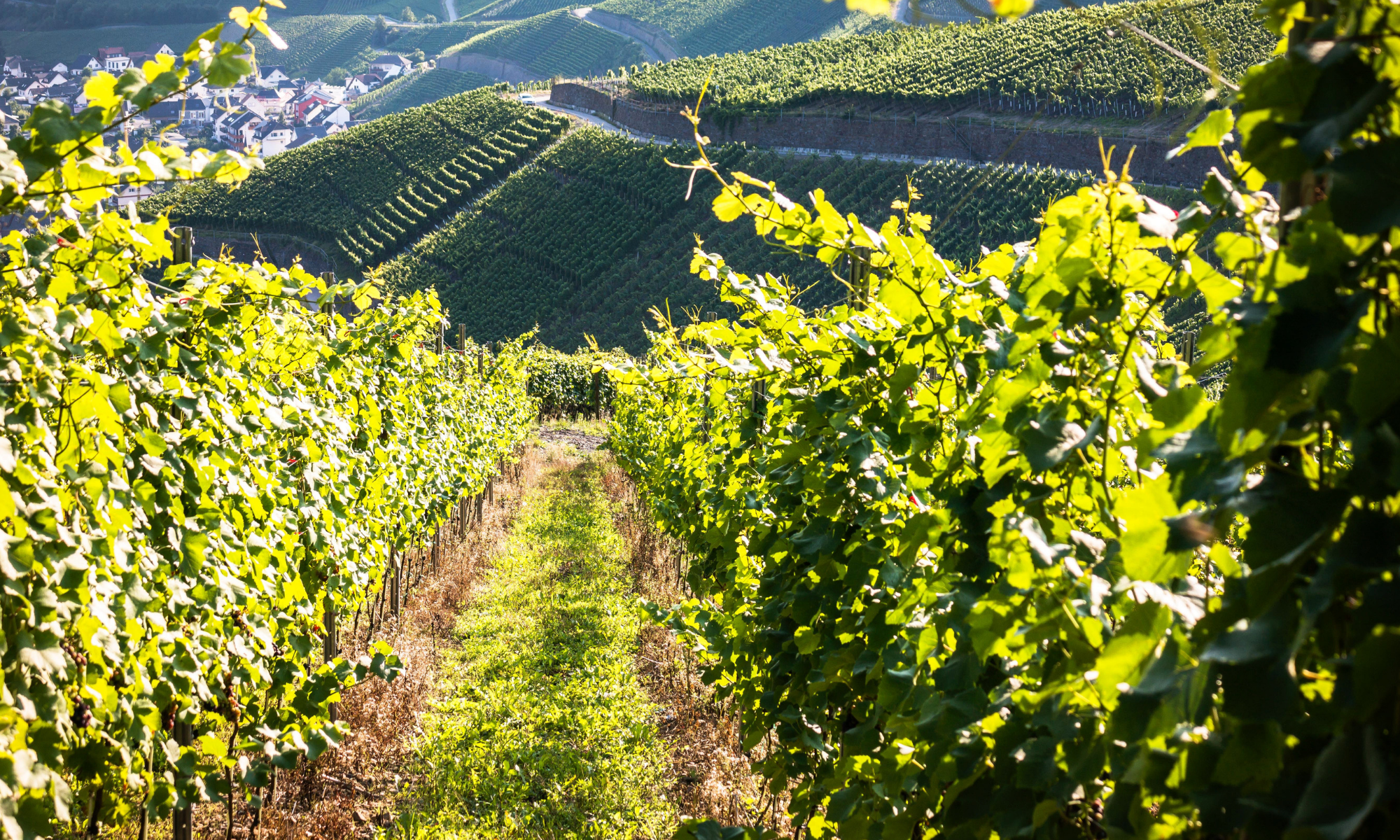
Creek Critters
by Jennifer Keats Curtis with Stroud Water Research Center (Authors) and Phyllis Saroff (Illustrator)
Booktalk: Do you like scavenger hunts? How do you tell if creek water is clean and healthy? Join Lucas and his sister as they act like scientists looking for certain kinds of stream bugs (aquatic macroinvertebrates) that need clean, unpolluted water to survive. What will they find as they turn over rocks, pick up leaves and sort through the mud? Read along to find out if their creek gets a passing grade.
Snippet: Galumph! We step right into the water. This part of the creek is called a riffle. It’s shallow and the water runs fast enough over thr rocks to make a bubbling noise. Downstream is a pool. It’s deep and the water is calm.
BONUS! Download the Teaching Activity Guide

It’s STEM Friday! (STEM is Science, Technology, Engineering, and Mathematics)
Copyright © 2020 Anastasia Suen All Rights Reserved.


























